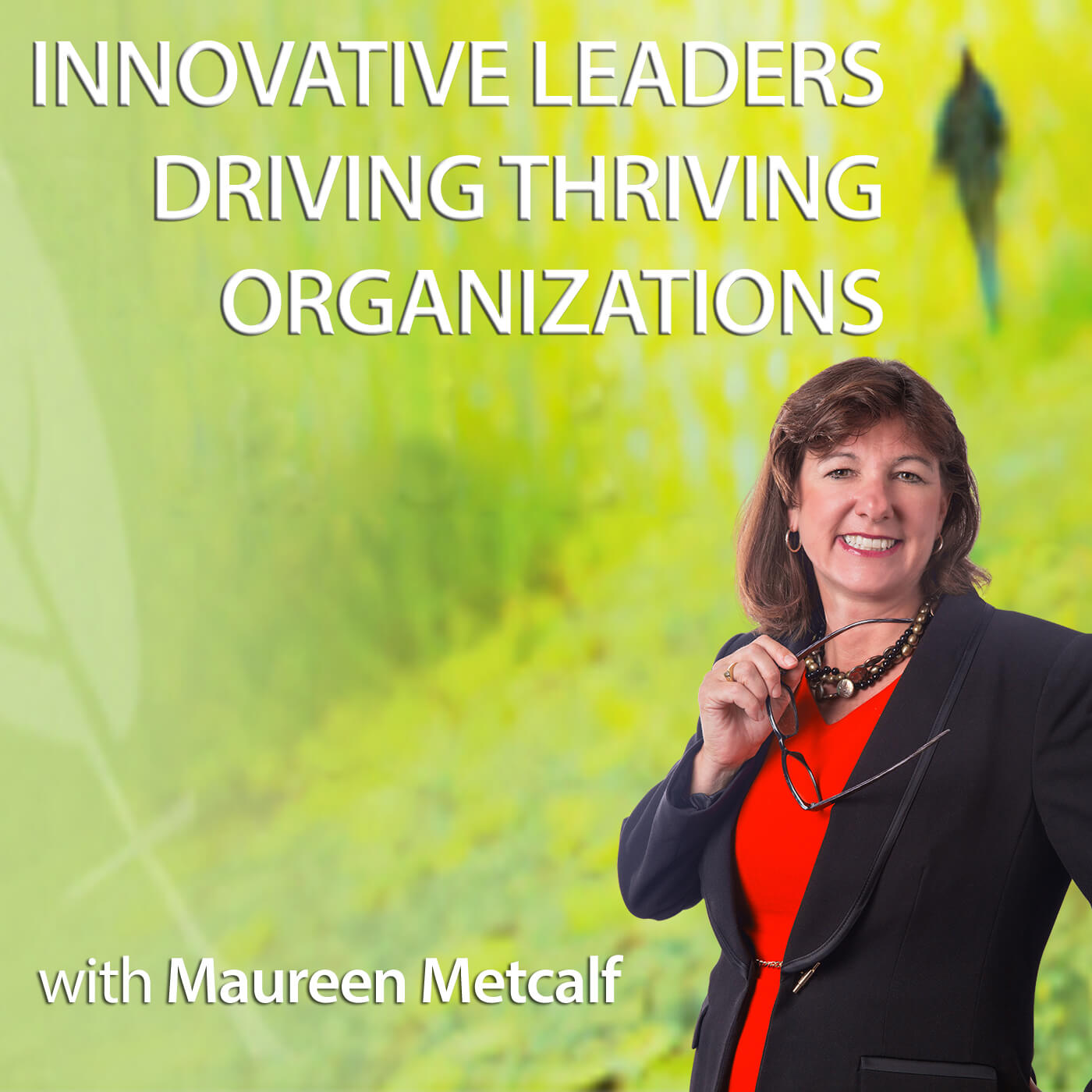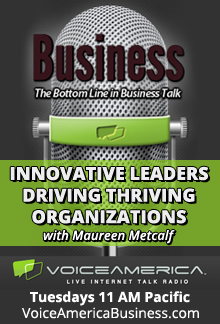Proven Path to Leadership Maturity and Effectiveness By Maureen Metcalf
This post is a companion to the Voice America interview featuring Mike Morrow-Fox talking about...
Read Moreby VoiceAmerica | Sep 7, 2017 | Business | 0 |
This post is a companion to the Voice America interview featuring Mike Morrow-Fox talking about...
Read Moreby VoiceAmerica | Sep 23, 2015 | Business | 0 |
Todayâs post is a collaboration between Beena Sharma and Susanne Cook-Greuter, Co-founders of...
Read More


